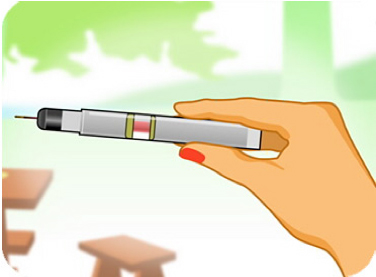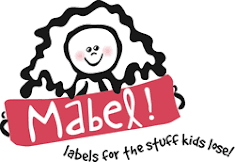Ready for more?
MINOR BURN
100% Aloe Vera. You can find it in a tube in the drugstore, or you can get a plant and take off one leaf and use the gel inside. Frequency is the key. Put on Aloe every time you think about it.
BEE/WASP STING
Assuming you are NOT allergic to a bee sting and would need to take more decisive action, cut a potato in half and put the starchy inside against the sting. This will ease the pain and draw out the toxin.
PAINFUL SORE
This works really well on...spider bites that are puffy, inflamed and painful; an inflamed and painful in-grown toenail and a million other EXTERNAL maladies.
Poppy's Poultice
Bar of Ivory Soap
White table sugar
Water
Wood Match (it HAS to be a wood match)
Shave a small part of bar of soap into a spoon and add equal amount of sugar. Add one drop water (just enough to make a paste) and then stir with the business end of a wood match. Using a match under the spoon - or over a burner on the stove, heat until warm - NOT HOT. Apply generously and cover for 24 hours. Check it and repeat if necessary.
This is actually my Dad's recipe and family and friends come from miles around for him to treat them with a poultice (he is our local Miracle Max). Please know that the business end of a wood match has sulfur in it. So if you have a sulfur allergy, please use caution.

THE TOO TIRED TO SLEEP BLUES
I got this recipe from Parent Hacks several years ago and it is the BEST!
Indian Milk
12 oz. warm milk
1 Tablespoon honey
Dash each of ginger, turmeric and cardamom. (Be judicious with these. When it's all mixed you want it to be the color of parchment.)
Serve while still warm.
There is a home remedy book I really like:
There is some really good information in there, but there is also stuff that's...well...crazy and dangerous; bee stings, turpentine and kerosene. Please use good sense and if you have questions call your doctor.


 They have both metal and plastic - which is actually a form of polyester and is BPA free.
They have both metal and plastic - which is actually a form of polyester and is BPA free. 




 Here's the thing, no matter how much prevention you cram into your daily lives, kids are going to get sick; Sissy did this last week. When you can't rely on the pharmacy department at Safeway, it's easy to get overwhelmed. So I went old school. Push fluids, stay in bed (watching cartoons of course) orange juice (Vitamin C and Folic Acid). For a super stuffy nose, we went in the bathroom, closed the door and turned on the hot water. A little steam therapy and the stuffiness had subsided. Turmeric is a natural antibiotic and antiseptic. So for a cut I use turmeric, for a sore in the mouth I mix a little honey with turmeric and apply as needed - honey is a natural anti-microbial and has even (according to some studies) shown effective for MRSA (Methicillin-resistant Staphylococcus aureus)
Here's the thing, no matter how much prevention you cram into your daily lives, kids are going to get sick; Sissy did this last week. When you can't rely on the pharmacy department at Safeway, it's easy to get overwhelmed. So I went old school. Push fluids, stay in bed (watching cartoons of course) orange juice (Vitamin C and Folic Acid). For a super stuffy nose, we went in the bathroom, closed the door and turned on the hot water. A little steam therapy and the stuffiness had subsided. Turmeric is a natural antibiotic and antiseptic. So for a cut I use turmeric, for a sore in the mouth I mix a little honey with turmeric and apply as needed - honey is a natural anti-microbial and has even (according to some studies) shown effective for MRSA (Methicillin-resistant Staphylococcus aureus)

